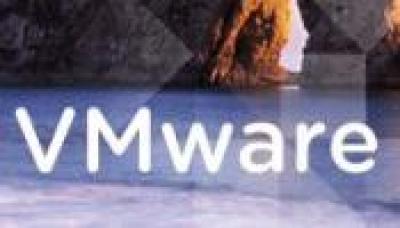VMware Refreshes Desktop Virtualisation Line

Project Horizon products showcase new, user-centric application and data delivery architecture
There’s no question that virtual desktop deployments or planned deployment are ramping up in IT enterprises everywhere. Increased bandwidth and newer, more efficient infrastructures are improving performance, and people are tiring of the often-difficult-to-deal-with client-to-desktop licensing and operations model.
VMware is making sure it is staying on top of that trend. The world’s largest virtualisation software maker on 31 August at VMworld 2010 in San Francisco announced new products and services out of its Project Horizon initiative to help enterprises update their legacy desktop computing environments to what it calls “a more modern, user-centric application and data delivery model”.
“The key is that with these new products, users can have both VDI and offline access to their applications at the same time – that’s something that’s not been available previously,” Raj Mallempati, VMware director of product marketing in enterprise desktop solutions, told eWEEK.
“It’s also about allowing people to use legacy applications that still work just fine, even though they may not be supported in more recent operating systems.”
New products
The new product lineup, as described by VMware, is as follows:
VMware View 4.5: In previous versions, this was VDI-only software. Version 4.5 now offers control not only for a virtual desktop system of up to thousands of users but also for regular local applications on the user’s PC. The VDI deployment appears as a separate window on the PC. Key point: What it does not do is handle instances of cloud services.
ThinApp 4.6: This supports published applications to other users within a next-generation desktop environment.
“For example, older apps like Internet Explorer 6 – which are still used on a wide basis – can be virtualised and run on a VM to be kept separated, as needed, for certain users not running Windows 7,” Mallempati said. “There also is a way that we provide, using ThinApp 4.6, to migrate people using IE6 to Windows 7.”
 VMware vFabric: This infrastructural middleware is an optimiser that combines virtualised a application framework and services to speed up and make more portable infrastructure resources.
VMware vFabric: This infrastructural middleware is an optimiser that combines virtualised a application framework and services to speed up and make more portable infrastructure resources.
VMware vCloud Director: This offers a centralised way to produce and consume IT services across hybrid and public clouds. “This one enables IT managers to provision services across hybrid cloud and public clouds,” Mallempati said.
VMware vShield: This is a new line of three products that specialises in cloud security challenges. vShield is being used in several VMware product lines.
VMware vCloud Datacenter Services: Naturally, all these new virtual desktop software comes with VMware services that help users set and up and maintain secure, interoperable enterprise-class hybrid clouds delivered by service providers more expert that VMware. These services are delivered by name-brand providers such as Verizon, Terremark, Bluelock, Colt and SingTel.
Airtight products
VMware says the services are airtight. They feature VMware certifications, auditable security controls, SAS-70-Type-II or ISO-27001 certifications, and virtual application security – including stateful firewall and Layer 2 network isolation, as well as role-based access control and LDAP directory authentication.
“A cohesive desktop strategy should provide secure, direct access to many types of applications, including SaaS and legacy and mobile applications, regardless of device type or location,” said Mark Bowker, senior analyst with Enterprise Strategy Group.
“Project Horizon is an example of how VMware has the potential to help dramatically transform desktop and application delivery services, maintain IT control, and ensure a productive, personalised experience for the end-user.”
VMworld 2010 continues through 2 September at the Moscone Center in San Francisco. More than 17,000 attendees had registered by 31 August.